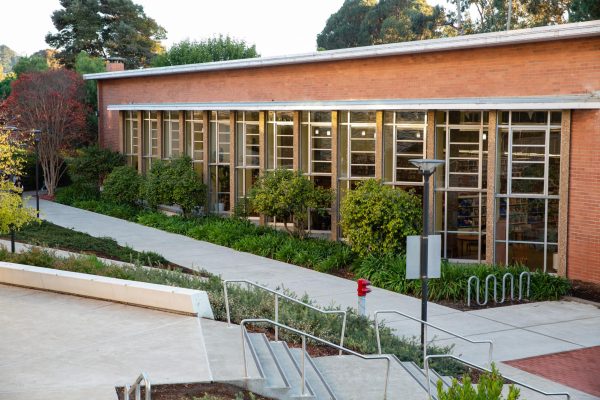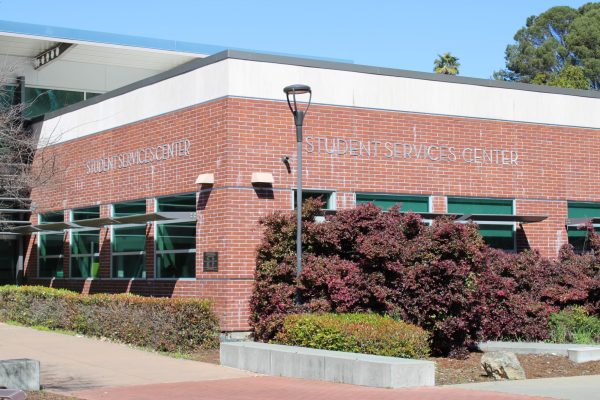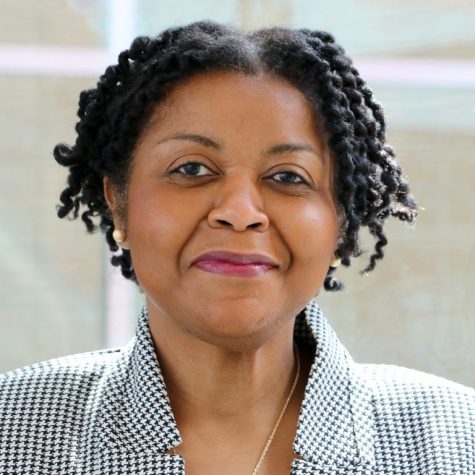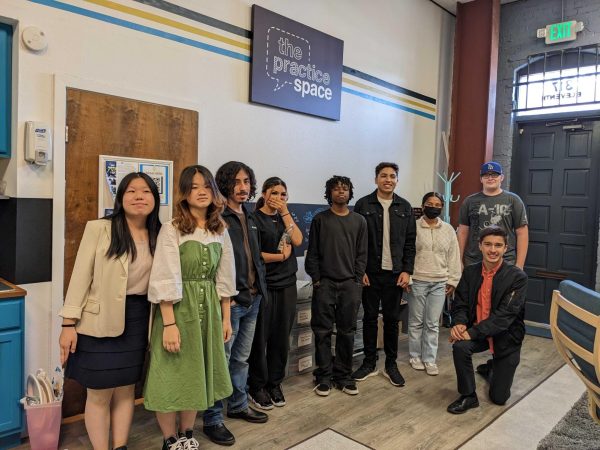Full-time faculty lacks diversity of student body
May 17, 2015
Diversity of ethnicity, age, background and gender are often vital in roles occupied by faculty and classified staff at public institutions like community colleges in order to facilitate successful higher learning and enrich personal experience.
The roles of various administrators, classified staff members and faculty both adjunct and full time, supplement the students’ learning, if they themselves are reflective of the student demographic or demographics in which they are serving.
A breakdown of numbers from a faculty and staff demographics report list shows that while Contra Costa College and sister colleges Los Medanos and Diablo Valley colleges employ a diversified staff, many of the positions have white, non-Hispanic employees leading the respective ethnic categories.
According to the California Community Colleges Chancellor’s Office’s report on faculty and staff demographics throughout the Contra Costa Community College District (CCCCD) from fall 2014, CCC has a near equal ethnic administrative base with African-Americans at four, Asians at three, Hispanics at three and White non-Hispanics at two employees each.
Academically, tenured and tenure-track professors are more divided among ethnic groups with the white category at 34, leading the rest with 44 percent out of the 76 full-time professors.
The CCCCD report uses DataMart analytics to chart percentages corresponding to faculty and staff numbers and displays the most recent information depending on which semester is selected and the academic year and archives past reports in the database.
English department Chairperson Jeffrey Michels said the diversification and hiring that occurs for different members of faculty and staff involves recruiting from the district’s end since they are in fact, the employer and the correlating departments who are hiring.
“We (the college) certainly look for qualifying candidates who have a track record of working well with our student groups, and we as a college want faculty who see the various demographics to work with as a plus,” Michels said. “Our college community is wonderfully diverse and crosses many lines and broad spectrums, so we look through multiple measures for individuals who can feel engaged by these challenges.”
At CCC for tenured professors the ethnic divide is as follows: whites have 34, African-American and Hispanic rank at 13 each, Asian consists of five and Pacific Islander sits at three and one is unknown.
Responding to the notion of employing a diversified college faculty with administrative and classified staff duties also included in the multiethnic mix, Interim President Mojdeh Mehdizadeh said the college would accurately represent the area in which it serves.
“Students can see people just like them, of similar ethnicity, in these administrative roles or job roles and that could help students strive to achieve that same level of professional success and open up minds to what is (achievable) since so many of these students come from immensely different backgrounds,” Mehdizadeh said.
History professor Manu Ampim said the mixed racial makeup of college staff and faculty reflects the students’ composition and for them to be successful, the college should have a diverse staff that they can relate to.
“With classified staff, if they are not really reflective of student demographics, certain students are not benefitted as they could be.”











